 Be Inspired Blog - Arizona
Be Inspired Blog - Arizona
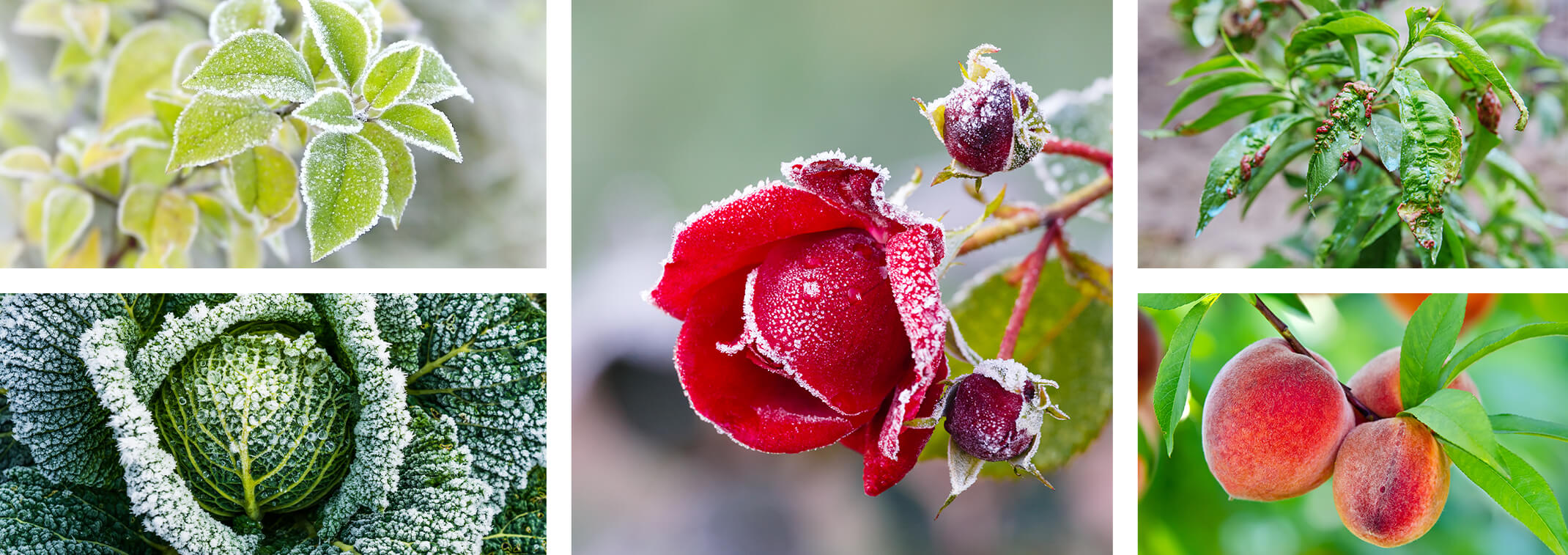
Protect Your Plants During Cooler Temperatures
Winter Plant Protection Tips for the Phoenix Metro Area
While winters in the Valley of the Sun are generally mild, surprise frost events and chilly nights can stress or damage your plants—especially fruit trees and frost-sensitive ornamentals. Now’s the time to go into protect mode to keep your garden healthy and thriving all season long.
Dormant Fruit Tree Care: Spray for Healthier Harvests
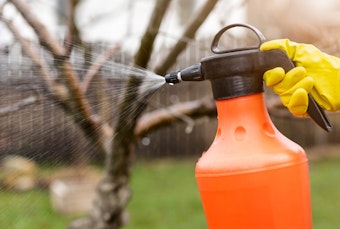 During the winter, fruit trees like peaches, apricots, and plums go dormant (lose their leaves), making it the ideal time to prevent diseases like peach leaf curl, blight, and mildew. A regular spray schedule helps protect your trees from issues that could affect next season’s fruit production.
During the winter, fruit trees like peaches, apricots, and plums go dormant (lose their leaves), making it the ideal time to prevent diseases like peach leaf curl, blight, and mildew. A regular spray schedule helps protect your trees from issues that could affect next season’s fruit production.
Recommended Spray Schedule:
Apply sprays 3 times during dormancy, spaced about 30 days apart:
- Spray 1 – Mid to Late November
- Spray 2 – Around New Year’s Day
- Spray 3 – Before Valentine’s Day or the Super Bowl
Important: Always spray before bud break (typically mid-February); never after!
Trusted Products: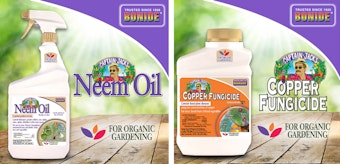
- Bonide® Neem Oil
All-in-one insecticide, miticide, and fungicide—ideal for dormant spraying and organic gardens. - Bonide® Copper Fungicide
Organically controls peach leaf curl, fire blight, rust, mildew, and more.
Application Tips:
-
Apply Copper Fungicide at least 24 hours before Neem Oil (or up to 2 weeks after)
-
Spray on calm, dry days, ideally early in the morning
-
Reapply after significant rain
-
Avoid spraying if rain is expected within 24 hours
Download our Fruit Tree Health & Pruning Guide
How to Protect Frost-Sensitive Plants
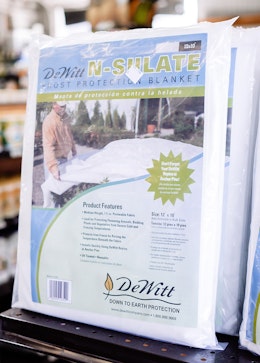 Tropical and tender plants like hibiscus, bougainvillea, gardenias, and ficus can be severely damaged or killed during a hard frost. Here’s how to keep them safe:
Tropical and tender plants like hibiscus, bougainvillea, gardenias, and ficus can be severely damaged or killed during a hard frost. Here’s how to keep them safe:
Cover with Frost Cloth
-
DeWitt’s N-Sulate Frost Cloth
Medium-weight, UV-treated, reusable fabric that protects annuals, veggies, and tender perennials from cold and frost. Available in sheets or by the foot. -
Ike’s Frost Armor Blanket
Lightweight, breathable cover that traps warmth while letting in sunlight—ideal for flowers, shrubs, and small trees. Size: 6' x 50'
Tip: Apps like ColdSnap can alert you when frost is on the way so you can prepare in advance.
Water Before a Freeze
Moist soil holds more heat than dry soil. Watering the day before a predicted frost helps insulate your plants and creates a warmer microclimate around the roots. Well-hydrated plants are also more resistant to cold damage.
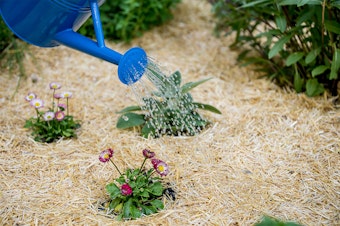 Mulch for Extra Insulation
Mulch for Extra Insulation
Adding organic mulch around plants helps regulate soil temperatures, retain moisture, and reduce stress from freeze-thaw cycles. It's an easy and natural way to protect roots in Arizona’s unpredictable winter weather.
Bonide® Wilt Stop
An anti-transpirant that helps plants retain moisture and reduce stress from cold, wind, and sun. Great for protecting evergreens and reducing transplant shock.
Need Help Choosing the Right Products?
Our Trusted Garden Advisors are here to help! Visit your local SummerWinds Nursery for personalized advice and everything you need to protect your garden this winter.

